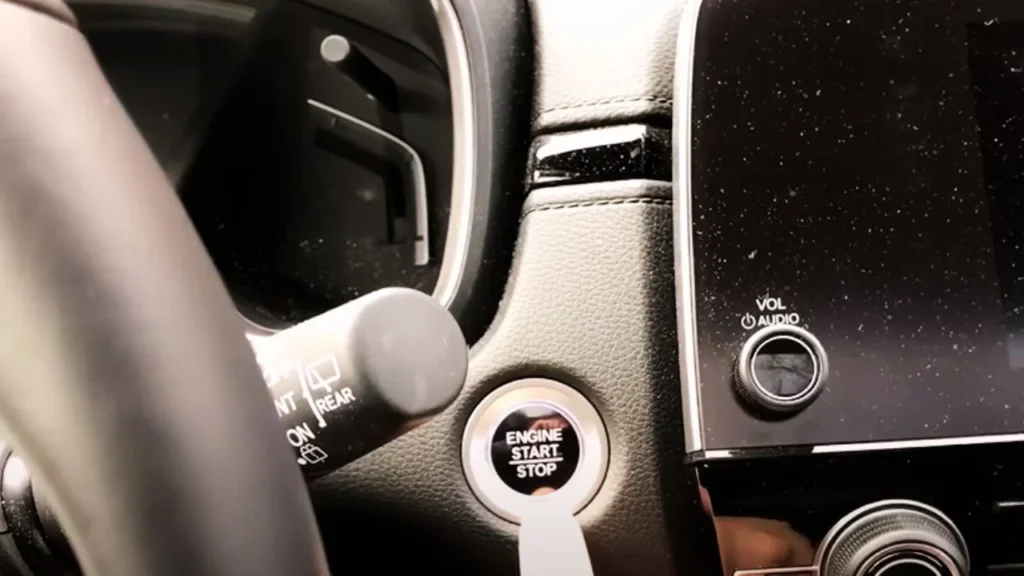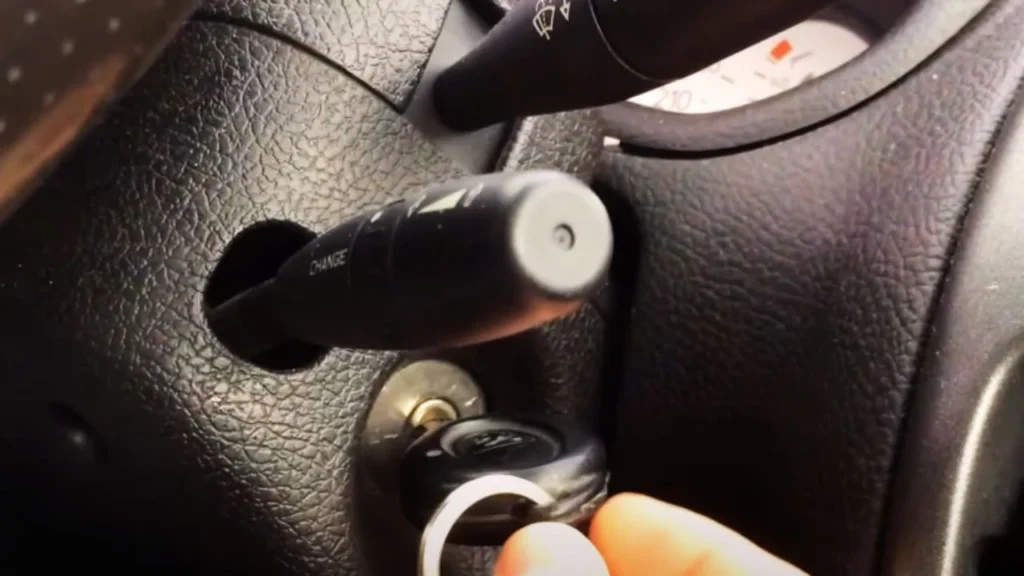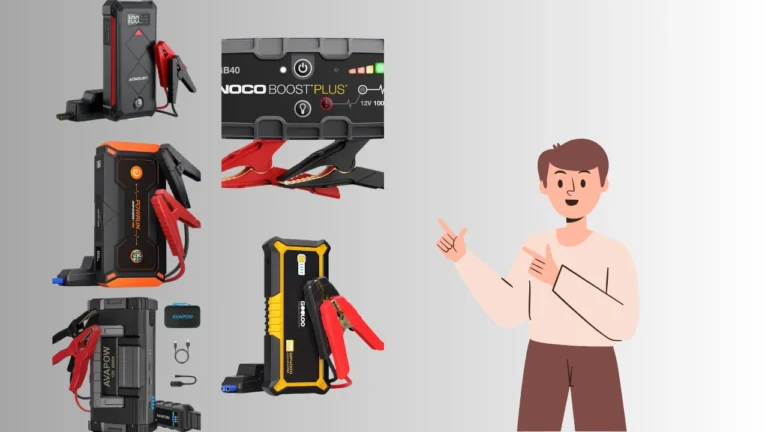A dead car battery is a frustrating experience that many of us have faced, especially at the most inconvenient times. Once you manage to jump-start your car, a common question arises: how long should you keep it running to recharge the battery effectively? Simply starting the engine isn’t enough—you need to give the battery sufficient time to recharge and regain its power. So, how long to run car after dead battery?
I will cover how long to run your car after a dead battery, the exact steps to recharge it efficiently, more technical information about the recharging process, safety guidelines to follow, and some final thoughts on ensuring your car battery stays healthy for the long term. Discover practical advice on how to jumpstart a refrigerator compressor, a useful guide for when your fridge stops cooling properly.
How Long to Run Car After a Dead Battery?
So, how long to run car after dead battery? The most straightforward answer is: after jump-starting a car with a dead battery, you should ideally keep it running for at least 30 minutes. If possible, driving the car rather than letting it idle will be more effective, as it allows the alternator to operate at higher RPMs, charging the battery faster and more efficiently.
If your battery is old or has been severely drained, extending the drive to an hour is even better for ensuring a reliable recharge. The key is to provide enough time for the battery to regain sufficient charge for future starts, reducing the risk of it dying again shortly after.
Steps to Recharge Your Car Battery After Jump-Starting
Jump-starting a dead battery is only the first step to getting your car back on the road. To ensure the battery is adequately recharged, follow these steps carefully:
1. Start the Car and Let It Idle for a Few Minutes
- After successfully jump-starting the car, keep it running and idle for about 5-10 minutes.
- This initial idle period allows the engine to stabilize, ensuring the alternator is properly running before you start driving. During this time, avoid revving the engine too high, as sudden power fluctuations can stress a battery that’s just been revived.

2. Keep the Engine Running for 30 Minutes
- Once the car is stable, continue running it for at least 30 minutes. During this time, it’s ideal to drive rather than just idling, as driving will help the alternator generate more power and charge the battery faster.
- If you’re unable to drive, idling is better than nothing, but keep in mind that charging will be slower and may not provide a full recharge, especially if other components are drawing power.

3. Drive at a Steady Pace
- Whenever possible, take your car on a longer drive at a steady speed, ideally on a highway. Highway driving allows the engine to run at a higher RPM, which means the alternator can produce more power. This helps recharge the battery more effectively compared to short trips or stop-and-go driving in city traffic.
- Aim for a total drive time of 30 minutes to an hour, especially if your battery is older or severely drained.

4. Avoid Turning Off the Car Too Soon
- It can be tempting to turn off your car as soon as you think the battery has recharged, but this can backfire if the battery hasn’t had enough time to regain sufficient charge. To ensure reliability, give it at least 30 minutes of continuous running time before switching off the engine.
- If you are unsure whether the battery has recharged adequately, consider using a battery tester to check the voltage. A fully charged car battery should read around 12.6 volts or higher when the engine is off, and between 13.7 to 14.7 volts while the engine is running. Explore whether it is bad to keep jump-starting your car battery, including the long-term effects it may have on your vehicle’s performance.

What is the Charging Process of Car Battery?
The charging process of a car battery is all about transferring energy from the alternator to the battery while the engine is running. Here’s an in-depth look at how this works and why the time spent running the engine matters:

Role of the Alternator
The alternator is a crucial component of the vehicle’s electrical system. It’s designed to generate power for all the car’s electrical needs while also charging the battery. When you jump-start a car with a dead battery, the alternator kicks in and begins to replenish the energy stored in the battery.

The alternator produces voltage in the range of 13.7 to 14.7 volts, which is optimal for charging a 12-volt battery. This voltage range ensures that the battery is recharged efficiently while preventing overcharging that could lead to damage.
Alternator and RPMs: Why Driving is Better
The effectiveness of the alternator in charging the battery is directly related to engine RPM (revolutions per minute). At higher RPMs—such as those achieved while driving on a highway—the alternator produces more electrical current. This results in faster and more efficient charging compared to idling.
Idle vs. Driving:
- Idling: The alternator generates enough power to keep the engine and essential components running, but it may not produce enough surplus power to charge the battery quickly.
- Driving: Higher RPMs mean more current from the alternator, which results in quicker battery recharging.
Learn how to safely jump-start a box truck with this guide on jump-starting a box truck, covering essential tools and step-by-step instructions.
How Long Does It Take to Fully Recharge?
The length of time needed to recharge a dead battery depends on several factors:
- Battery Capacity: A standard car battery is around 48-70 amp-hours. The more depleted the battery is, the longer it will take to recharge.
- Alternator Output: Most alternators produce between 50-100 amps at peak performance. If your alternator outputs around 60 amps, it could take up to an hour to recharge a completely dead 48 amp-hour battery to a usable level.
- Battery Age and Health: Older batteries do not accept charge as efficiently as newer ones, which means they may take longer to recharge or might not fully recharge at all.
Factors Affecting the Recharge Time
Proper maintenance and understanding of the recharging process will help you avoid being stranded with a dead battery, keeping you on the road without unnecessary delays.
1. Age of the Battery
- Older batteries tend to lose their ability to hold a charge effectively. If your battery is approaching the end of its lifespan (typically 3-5 years), it will take longer to recharge, and the charge may not last as long.
- Consider replacing an old battery if you notice frequent issues with charging or starting the car.
2. Temperature and Weather Conditions
- Cold Weather: In cold weather, batteries struggle to accept a charge due to reduced chemical activity within the battery. The alternator also has to work harder, meaning you may need to drive for a longer period—possibly 45 minutes to an hour—to recharge a dead battery.
- Hot Weather: High temperatures can also be detrimental, leading to a loss of water in traditional lead-acid batteries and reducing their efficiency. Make sure your battery is well-maintained in both hot and cold weather.
3. Alternator Condition
- If the alternator is failing or weak, it won’t be able to generate enough power to charge the battery effectively. Symptoms of a failing alternator include dimming lights, strange noises, or a warning light on the dashboard.
- If you suspect the alternator is not working properly, have it inspected by a professional. A faulty alternator can prevent the battery from charging properly, even after jump-starting.
4. Electrical Load During Charging
- Turning on accessories like the radio, air conditioning, or headlights draws power away from the battery, reducing the alternator’s ability to recharge it efficiently.
- After jump-starting, minimize the use of electrical components until the battery has had sufficient time to recharge.
Discover the steps for jump-starting a Mini Cooper efficiently and avoid damaging your car’s sensitive electronics.
Safety Guide: Important Precautions When Recharging a Dead Battery
Keep your car’s battery well-maintained, and it will reward you with dependable performance whenever you need it. Here are some precautions:
1. Minimize Electrical Load
- To maximize the charging rate, minimize the use of electrical components such as lights, air conditioning, and infotainment systems.
- The less power being used by accessories, the more power is available for the alternator to recharge the battery.
2. Monitor Battery Warning Light
- If the battery warning light on the dashboard remains on while driving, it could indicate an issue with the battery or the charging system.
- Continuing to drive without addressing a warning light could lead to a completely drained battery and potential alternator damage.
3. Handle Jumper Cables Safely
- When jump-starting the vehicle, always connect the positive cable first and the negative cable last. Disconnect in the reverse order to minimize the risk of sparks and short circuits.
- Ensure both vehicles are turned off when connecting the jumper cables, and keep bystanders at a safe distance.
4. Ensure Proper Battery Maintenance
- Regularly inspect your battery for corrosion on the terminals, as this can impede the flow of electricity and prevent efficient charging. Clean corrosion using a mixture of baking soda and water with a wire brush.
- Check the battery fluid level if you have a lead-acid battery with removable caps. Low fluid can lead to reduced battery performance.
5. Frequent Short Drives? Charge Manually
- Frequent short trips can prevent the battery from fully recharging, leading to a cycle of undercharging and eventual failure.
- If your driving habits involve short trips, consider manually charging the battery with a battery charger every few weeks to keep it in optimal condition.
Final Words
Dealing with a dead car battery is never fun, but knowing how to properly recharge it can save you from future headaches. After jump-starting a car with a dead battery, make sure to keep the car running for at least 30 minutes to an hour—ideally driving on a highway or at a consistent speed to let the alternator efficiently recharge the battery. Understand the process and precautions when jump-starting a 24V system with a 12V battery to prevent system overloads.
Remember that the age of the battery, the condition of your alternator, weather conditions, and electrical load all impact how quickly and effectively your battery recharges. Taking the time to understand these factors and applying the right techniques will ensure that your battery remains healthy and reliable. Hope so, now you know how long to run car after dead battery.
Ali is a tech enthusiast and automotive aficionado, passionate about sharing insights on the latest innovations and industry trends.





